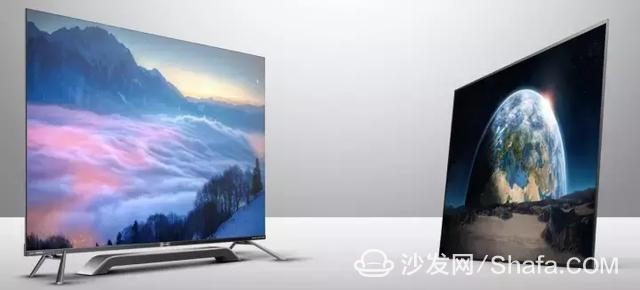
With the follow-up of the two giants, "OLED is about to replace the LCD" voice is also increasing. As another TV industry giant Sharp, who was able to stand up to Sony's courtesy, went against it and launched several flagship LCD models in the year to defend its reputation as the "father of LCD."
Is LCD TV really coming to an end? In order to answer this question, we have brought two most representative models. On behalf of the LCD camp is the Sharp AQUOS SU875A (hereinafter referred to as SU875A), and the representative of the OLED camp is the big Sony KD-65A1 (hereinafter referred to as A1). Both televisions are the flagships of the two television companies. How do they perform in terms of picture quality?
01 Black Bit Performance: OLED Has Advantage, Sharp Exceeds Expectations
In fact, the biggest difference between LCD and OLED is the light emitting characteristics. Liquid crystal molecules do not have the property of active light emission, so the liquid crystal panel needs to provide a light source for television imaging through the backlight source. The liquid crystal panel is generally provided with LED lamps as light sources around the display screen, and the light is reflected on the backlight board and reflected again. The light at this time may be scattered, and it is necessary to adjust the astigmatism to the same level direction through the polarizer, so that the problem of the backlight is solved.
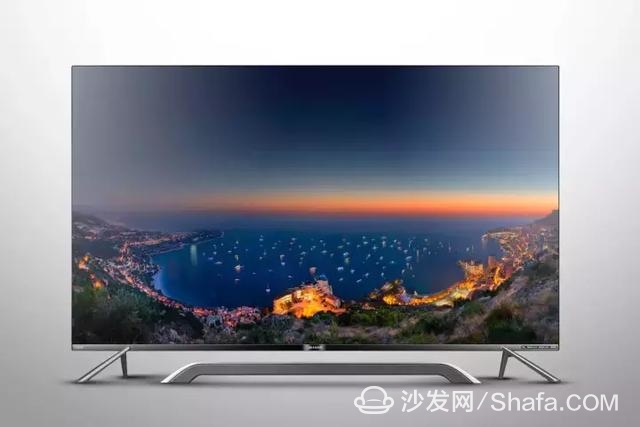
Sharp SU875A is equipped with a 70-inch Japanese original imported 4K screen
OLED is a completely different concept. In simple terms, its material is a thin and transparent semiconductor, indium tin oxide (ITO), with cathode and anode connections. Its main feature is its ability to self-illuminate without the need of an LCD screen. Backlight. Therefore, when the OLED displays a black screen, it can close the screen and realize a more pure and profound picture.
If you want to intuitively understand the display characteristics of the two screens, it is actually very simple: Let two TVs display a black background image at the same time and see the effect of the two screens. Since the LCD panel is still displaying a black screen, the backlight is still turned on, so that when the majority of LCD TVs display a black screen, the entire look and feel will show signs of graying and whitening. However, although the SU875A is equipped with a LCD screen, when displaying our pure black test images, the entire TV screen is quite pure. There is no obvious light leakage or uneven light at the four corners. The entire screen is very dark. Pure, such as shutdown.
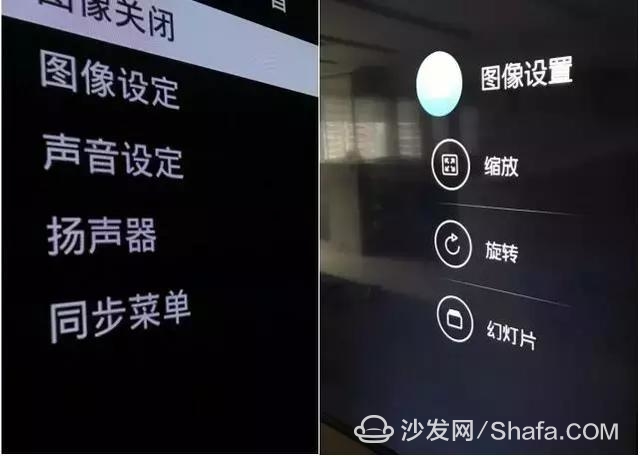
Due to the material properties of the LCD, the SU875A showed a slight amount of light spillage (right) when demonstrating some black-and-white contrasting images.
It can be said that the performance of the black spot such as the SU875A is not lost even to the Sony A1 adopting OLED technology, which is far beyond most LCD TVs, which is beyond our expectation. In order to further verify the black level performance of the two TVs, we have adjusted the menu bars of the two TVs. At this point, there are two contrasting images in black and white. As you can see, the limitations of screen materials at the time of SU875A are reflected: the area near the font of the menu bar, there is a little white light overflow; while the Sony A1 does not emit light due to the properties of the black panel, the white font does not The picture causes any interference. However, this little light spillage has little effect on the daily perception. Overall, Sharp's black performance still far exceeds our expectations.
02 static comparison: details can hardly tell the difference
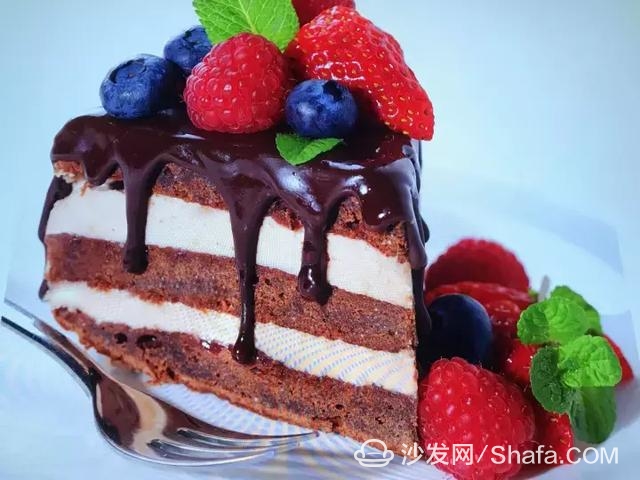

The details of the details of the two televisions for high-resolution images are almost the same, barely visible to the naked eye (Sony, Sharp)
In terms of screen details, both TVs use the mainstream 4K panels of the current high-end TV. It can be noted that Sharp's position in the lower left corner of the TV is clearly marked with the logo of "Japan's original imported screen" to prove the integrity of the TV panel "blood". Through the 4K test chart, we can see that there is no obvious difference in the details of the two televisions, and the resolution of the screen is quite similar. The edges and corners of the screen can be clearly and sharply displayed in color patches and fonts.
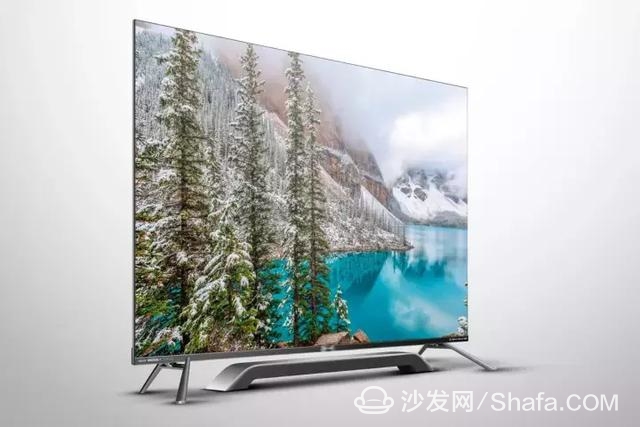
Sharp's SU875A uses a split design that takes into account both the thinness of the TV and the sound quality of the sound system.
Through two real shot pictures, the texture and level of the cake in the test image are almost the same, and the edges of the strawberry and the texture on the leaves have been completely preserved, showing a very good standard.
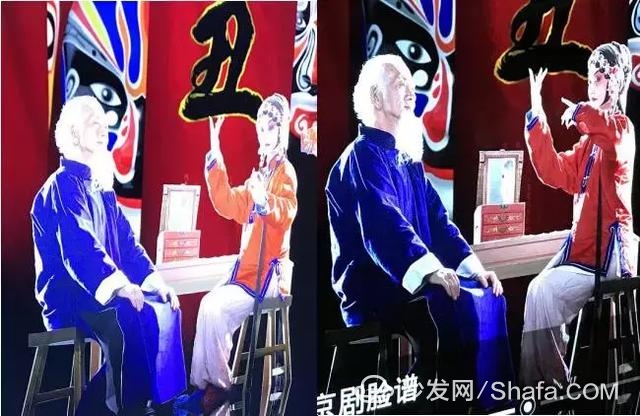
SU875A (left) has some flaws in the viewing angle, and color cast occurs when the viewing angle shifts
Let's look at the viewing angle. At present, most manufacturers of brands advertise that the viewing angle of their own TVs is 178 degrees. However, due to the characteristics of LCD panels, LCD TVs have a certain disadvantage in terms of viewing angle. When the viewing angle shifts, the color of the screen changes. The main performance is that the screen will be grayed out and whitened, and this phenomenon will become more apparent as the viewing angle increases.
It can be seen that the Sharp SU875A has a slight color shift in the high-light part of the picture when the viewing angle is large. However, the viewing angle of A1 is slightly better. Even at the extreme viewing angle close to 180 degrees, the color of the picture is not significantly shifted. It is worth noting that the angle of our testing is actually a relatively extreme situation. Under normal circumstances, there will not be such a large-angle view of television. Therefore, you can actually rest assured.
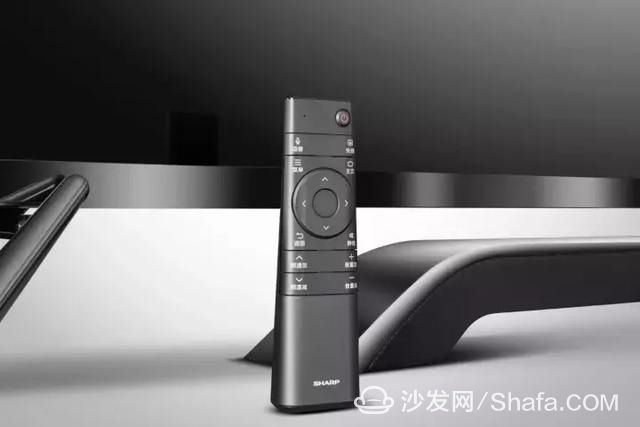
Sharp added a number of functional adaptations to domestic user habits at the TV system level
In terms of color performance, it can be seen that the two TVs have different color tuning styles. They all use the first-class wide color gamut screens available on the market, and they can handle most colors with ease. However, from the actual perspective, the overall saturation of A1's picture is relatively high, and the relatively complex picture of character skin color can be accurately restored.
The color of the SU875A is relatively brighter, with outstanding performance for scenes such as flowers and trees. However, the SU875A integrates multiple image modes and color adjustment options in the system. If you have special requirements for the color of your TV, you can also adjust it manually. It is worth mentioning that the two TVs are still very close in terms of grayscale performance, and the gray levels in the test chart are almost the same.
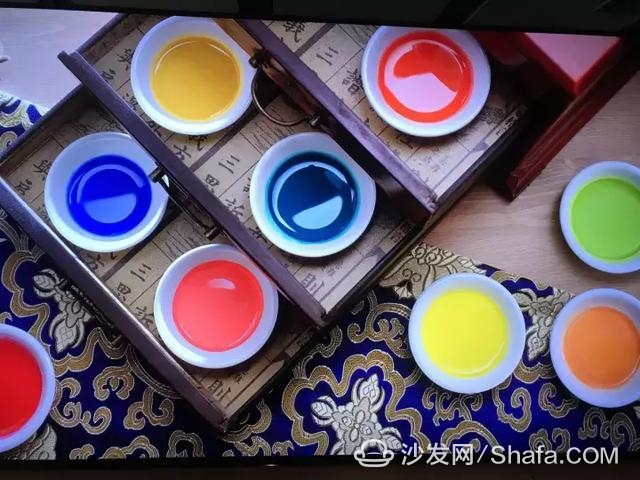
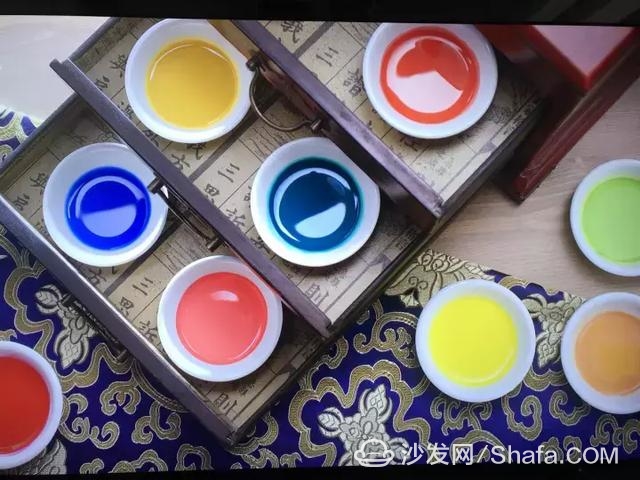
In contrast, Sony's colors are more intense, of course, Sharp can also enhance the color by manually adjusting
03 Dynamic video: SU875A is dominant, A1 is rich in color
We used a standard 4K resolution test video for the actual experience. It turns out that the performance of the two televisions in terms of video is basically consistent with our previous static comparison test results. The most obvious difference is still the color performance. Like mobile phones, the A1 equipped with an OLED display screen is more intense in terms of color performance. In particular, it can be seen from the screen shot images that Sony has in particular enhanced the display of red and blue colors. Relatively rich color performance, making the A1's picture seem more transparent, but also more to please the eye.
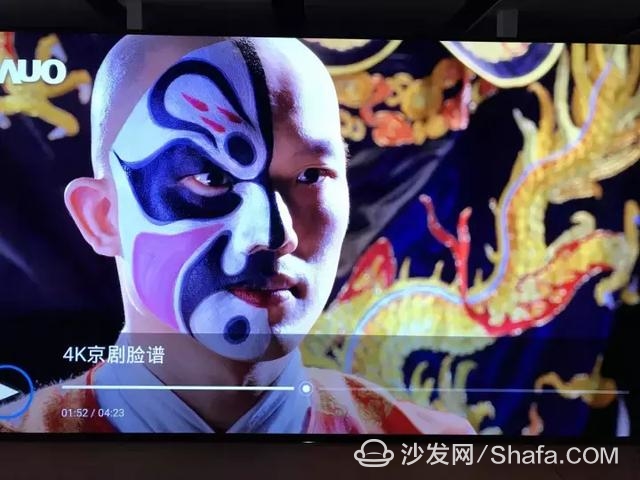
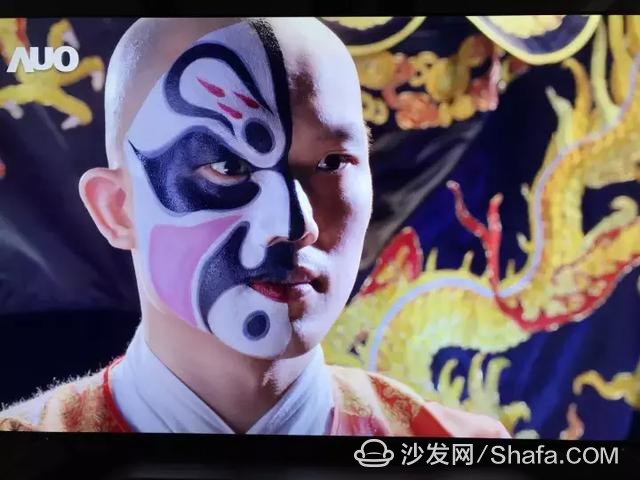
When A1 (above) demonstrates a part of the screen, the effect of high contrast will cause the whole picture to be not natural enough.
However, in the static comparison, the close details of the two televisions showed some small changes in the dynamic video part. In the same way, the two TVs as a whole show a good standard for high-resolution video resolution. Although at first glance, the A1's picture is sharper and sharper, you will find that Sony has dramatically improved the contrast and sharpening of the picture, and the texture details of the human face have been highlighted.
However, in fact, the SU875A does not lag behind in the overall details, and the SU875A is softer and more natural for the highlights of people's faces. On the contrary, A1 was a little "excessive in exertion", and the character's face appeared a little overexposed, losing the details that this section should have. In a nutshell, Sharp's character is more natural.
In addition, the SU875A seems to have better compensation for motion pictures than Sony. This is mainly due to Sharp's MEMC chip provided by Hass, which has obvious compensation effects for some high-speed, broken, and edge details. . When A1 demonstrated some high-speed motion pictures, there was a more obvious smear phenomenon.
04 Huang Cai technology: obvious compensation effect of ordinary pictures
As the two main flagships, SU875A and A1 all support 4K HDR. That is, in the HDR part, the two televisions have finally opened a clear gap. Overall, A1 is even better at its HDR source performance. While demonstrating the test footage, its dark details are more detailed, and the Sony part of the video looks brighter and natural, and Sharp's HDR picture is overall less than perfect.
However, it is worth mentioning that this part of the gap is only the source of the HDR standard. Given that there are few “HDR†resources on the market at the moment, this part is for reference to the most common screens we’re playing everyday. The significance is not great.
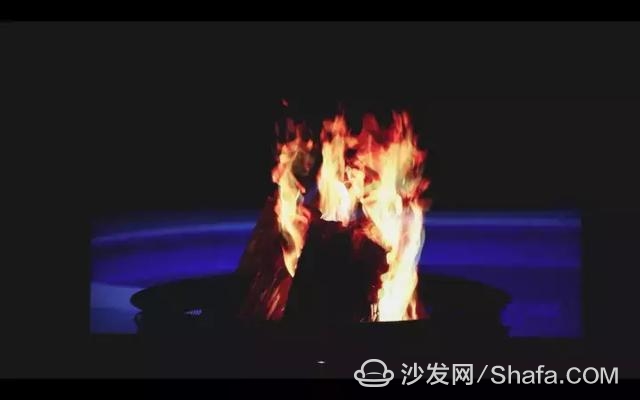
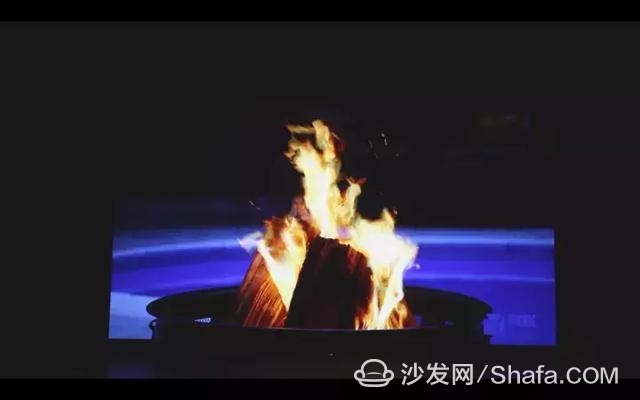
A1 (bottom) has richer shadow detail and overall look and feel when demonstrating HDR film sources
In contrast, Sharp's approach is more pragmatic. They focus their efforts on the optimization of non-HDR screens. It should be noted that during the entire testing period, we all turned on the "Huang Cai" model of SU875A. Users who are familiar with Sharp know that Huang Cai technology has always been the guarantee of its image quality. In simple terms, the core of the color technology is "enhanced quality + backlight partition control." Sharp's understanding of this is that it is possible to achieve a deeper black and brighter "brightness" through precise backlight control.
According to official data, the SU875A's backlight partition has reached 216 blocks and the screen can achieve peak brightness of up to 1,000 nits. After an actual experience, the SU875A will increase the brightness and contrast of the picture as a whole after turning on the color mode, and at the same time greatly enhance the details of some dark parts. It can be said that as the core of Sharp TV's image quality, Huangcai technology is very practical. For most of the pictures, especially some ordinary video resources whose dynamic range performance is not prominent can play a very obvious picture compensation effect.
to sum up
Sharp's picture quality solutions are more practical and mature
With the advantages of OLED panels, the Sony A1 slightly outperformed in black level performance, HDR, and viewing angle. However, Sharp's hardware manufacturing and software adjustment techniques accumulated over many years have largely compensated for the natural disadvantages of LCD panels. Ultimately, the SU875A is able to compare fully with the A1 in terms of overall image quality performance, even in some high-contrast, motion pictures. At the same time, it also showed certain advantages, which to a certain extent demonstrated the technical strength that Sharp had accumulated over the years. Taking into account the current relatively high prices of OLED panels, Sharp's solution for LCD panel quality solutions but more pragmatic. In fact, LCD TVs that can achieve such a picture quality level in the market can be said to be rare. Taken together, Sharp's SU875A is definitely one of the best LCD TVs available today.
Smart TV/box information can focus on smart TV information network sofa butler (http://), China's influential TV box and smart TV website, providing information, communication, TV boxes, smart TVs, smart TV software, etc. Answering questions.We are professional audio manufacturing company that makes a variety of speaker with bluetooth, including bluetooth portable speaker, bluetooth speakers outdoor, small speaker bluetooth, light bluetooth speakers, waterproof speakers etc.
With full turnkey service from product design to delivery, and every step in between.
From sophisticated custom audio systems to 'off-the-shelf' speaker drivers, iTopnoo has been saving our customers time, effort, and money.
To constantly offer clients more innovative products and better services is our consistent pursuit.
Best Portable Speakers,customizable bluetooth speaker, Custom jbl speakers, speaker wholesalers
TOPNOTCH INTERNATIONAL GROUP LIMITED , https://www.itopnoobluetoothes.com
